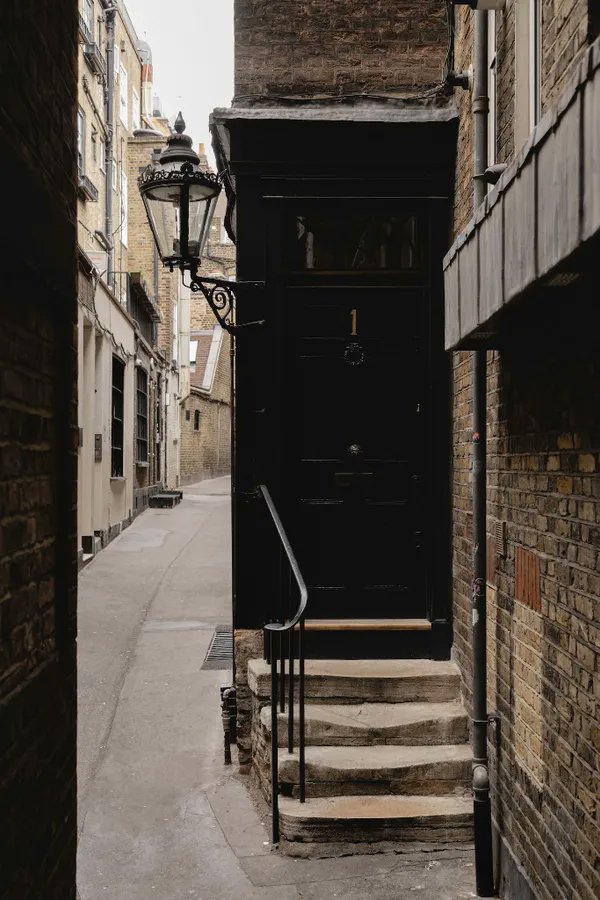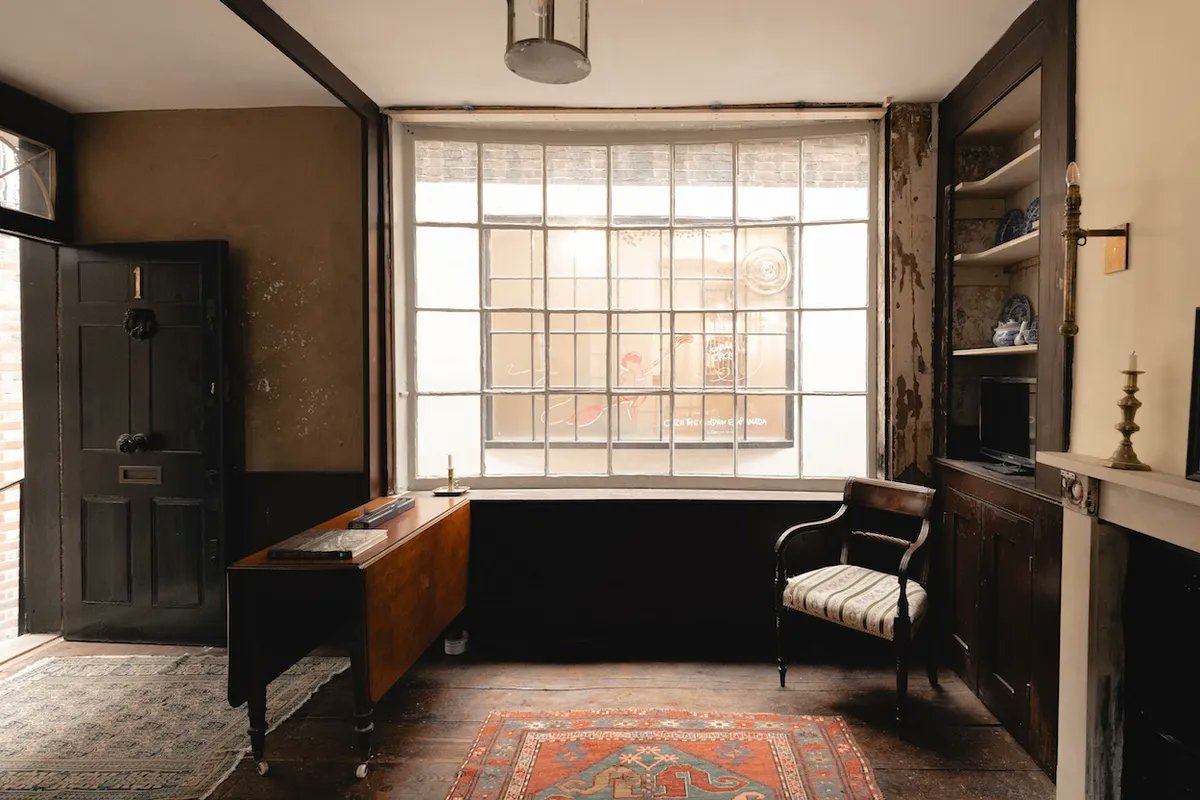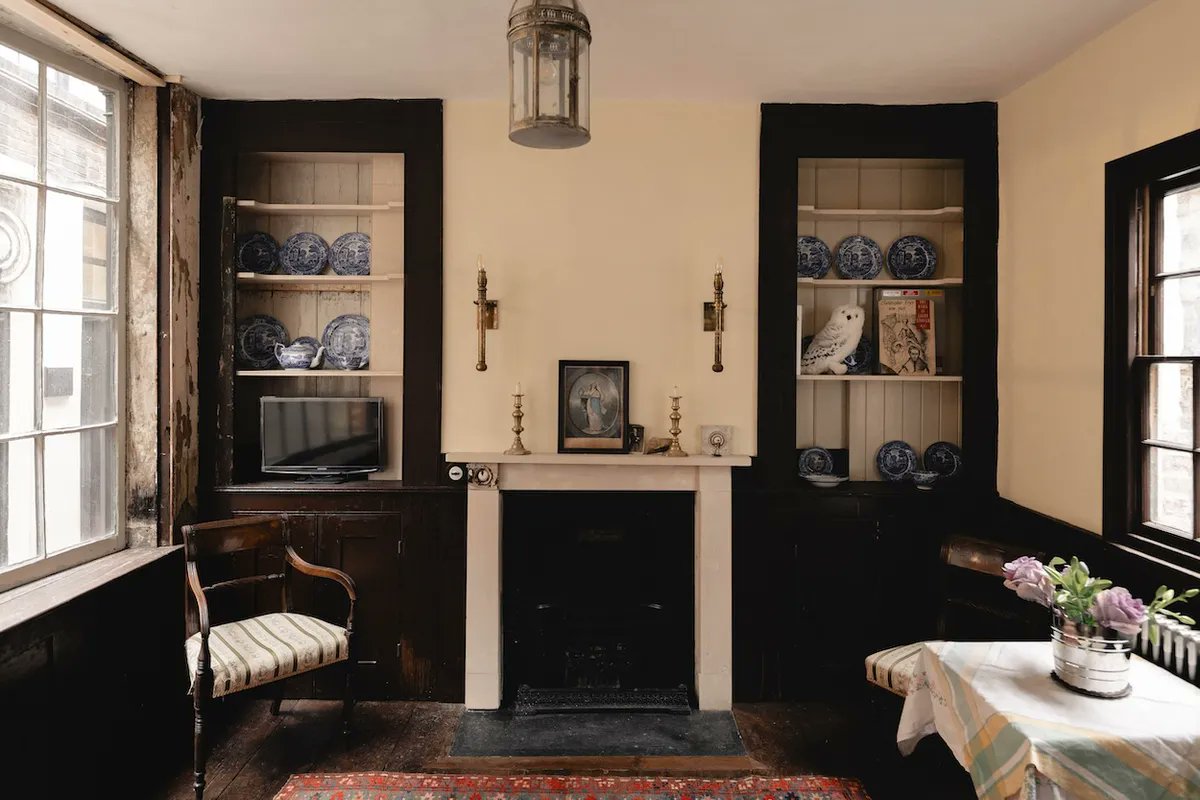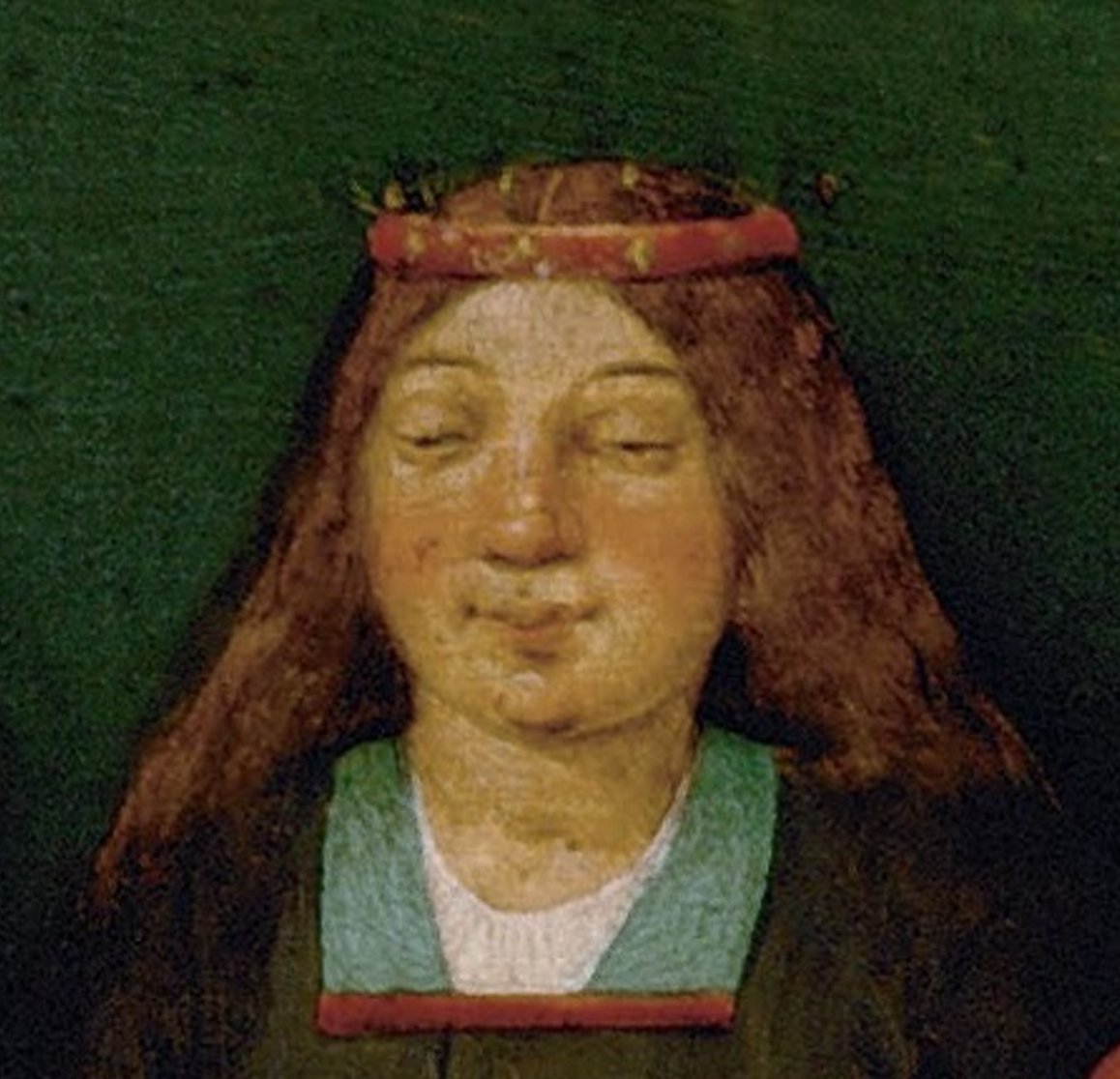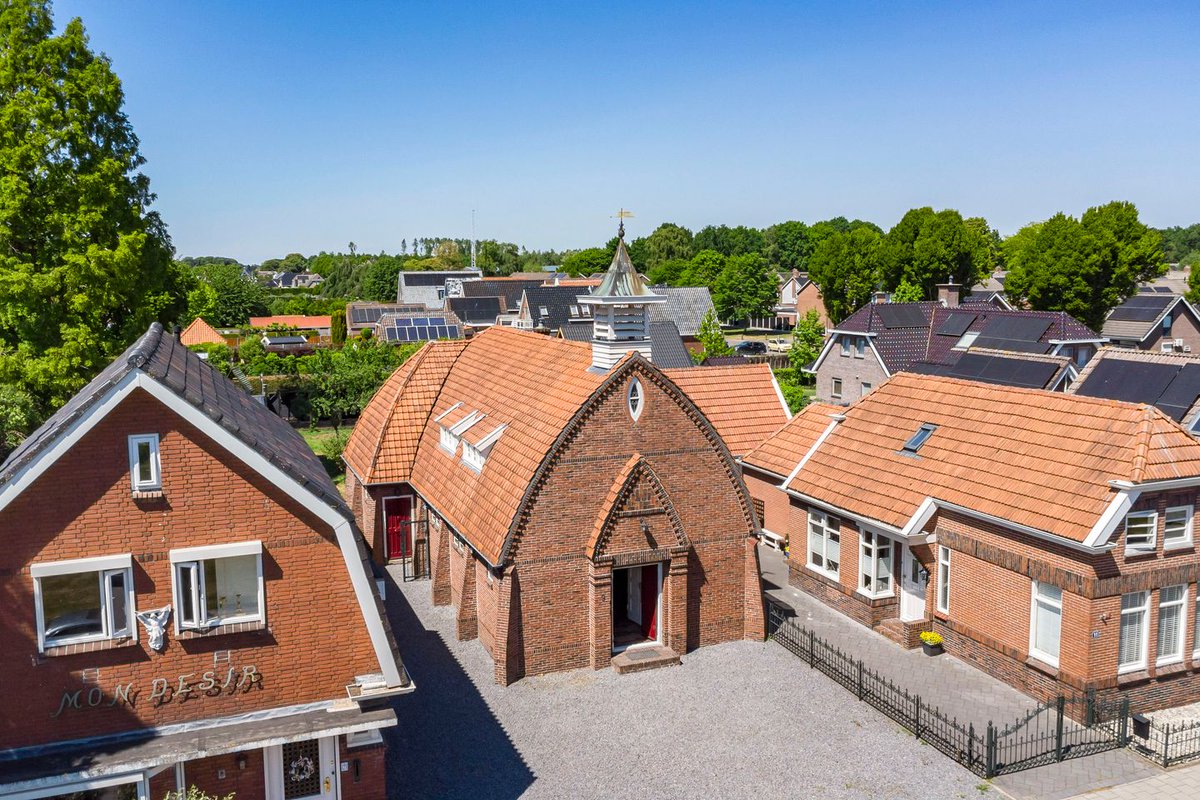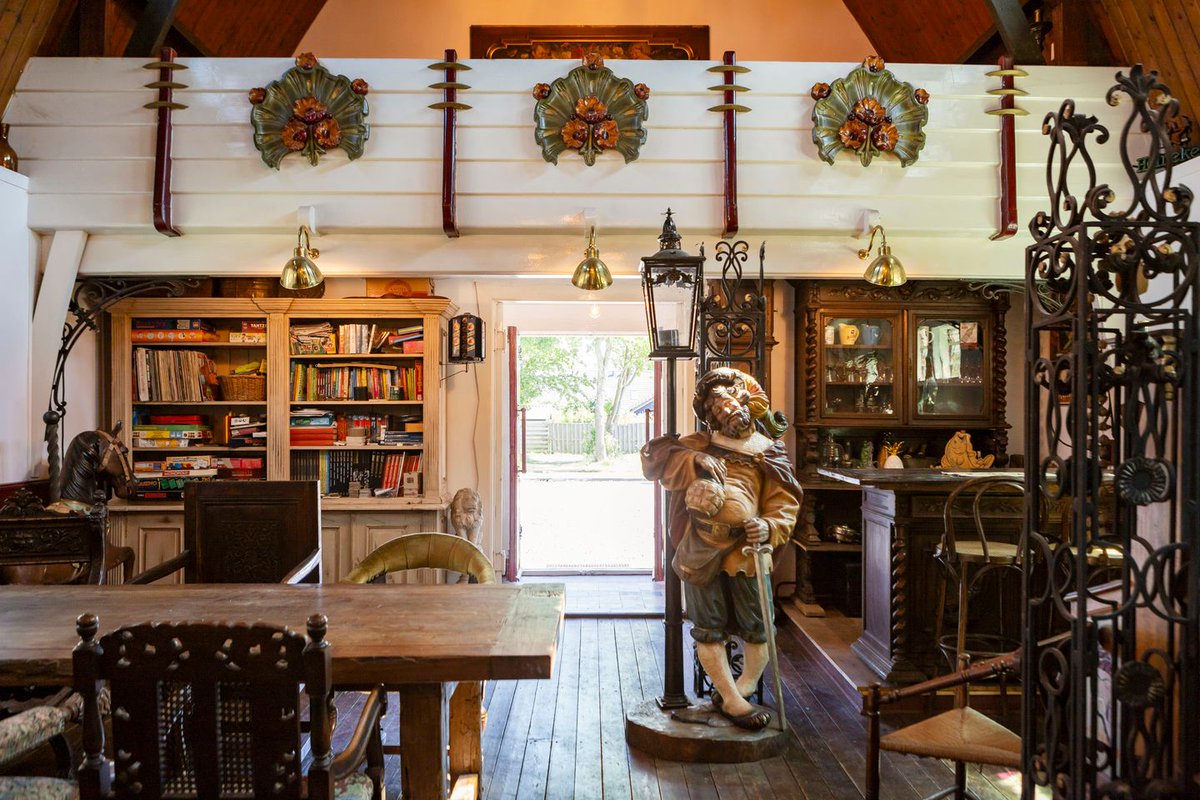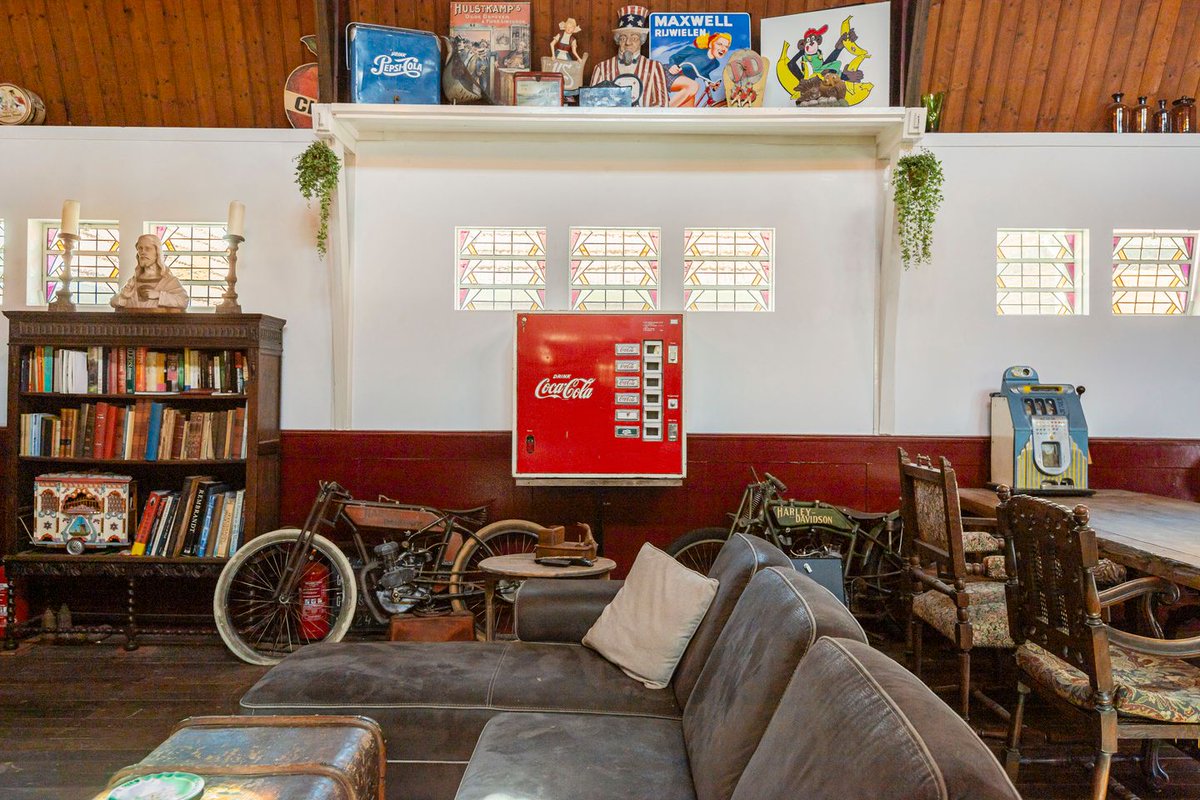Today I'm reviewing another @MagellanTVDocs documentary; 'The Bold Medieval Look'.
Watch it for free for 7 days here:
magellantv.com/series/the-his…
Get a one month free membership here:
try.magellantv.com/fakehistoryhun…
#magellantv, #freedocumentary
Watch it for free for 7 days here:
magellantv.com/series/the-his…
Get a one month free membership here:
try.magellantv.com/fakehistoryhun…
#magellantv, #freedocumentary
Although I'm not that into fashion as a subject, the topic of this documentary sounded too good to ignore: The dramatic change of fashion in Europe during the middle ages. 

I'm not too excited about the beginning, Visigoths being depicted as replacing elegance with poverty and barbarism.
They don't say 'dark ages', but you can hear they wanted to.
They don't say 'dark ages', but you can hear they wanted to.
It is also weird to hear them say Europe discovered Fashion via their contact with the Arab world.
What they mean to say was that Arab fashion INFLUENCED European fashion, not that there was no European fashion till that time.
What they mean to say was that Arab fashion INFLUENCED European fashion, not that there was no European fashion till that time.
Well the intro is a bit worrisome but they're going to use lots of re-enactors and people who do living history, so that's good.
Really nice to see how they're making linen and fabric 1000 years ago.


Really nice to see how they're making linen and fabric 1000 years ago.



Wonderful picture of a family and look, their clothes have nice colours!
Our ancestors liked colours, who would have thought...
Our ancestors liked colours, who would have thought...

Another wonderful scene that shows us how people began their days doing their hair and having a wash. 

In part thanks to the crusades new pigments and materials came from the East to Europe.
This looks amazing;

This looks amazing;


Oh a whole segment filmed in the open air museum where I used to work, I miss the place.
Fun to see this and as they're using a lot of Dutch re-enactors I'm seeing a lot of familiar faces.
Fun to see this and as they're using a lot of Dutch re-enactors I'm seeing a lot of familiar faces.

There's a whole bit about all the VERY naughty badges that were fashionable at the time but I'm of course not sharing pictures of that, I can't, I had to look away from the screen, being a proper lady and all. 



Interesting segment on women dressing as men during pilgrimages, seems like a good idea to me as travelling as a man would be saver.
But the church didn't like it & could accuse you of blasphemy and burn you.
Morons.
It was eventually the excuse they also used to burn Jean D'Arc

But the church didn't like it & could accuse you of blasphemy and burn you.
Morons.
It was eventually the excuse they also used to burn Jean D'Arc


The scenes of someone being dressed are always fun, but extra fun when they're filmed with people I know and in a room I know rather well.
I've slept in that bed!
I've slept in that bed!

Fun to hear about people complaining about clothes getting shorter and tighter in the 14th century, the more things change...
Those fancy doublets, all tight and buttony, pesky medieval hipsters.
Those fancy doublets, all tight and buttony, pesky medieval hipsters.

For no real reason seeing an Italian fashion designer wearing a scarf and smoking a cigarette made me happy. 

I like that the documentary ends with a sobering conclusion; fashion has changed a lot since the middle ages, but although it may have looked nicer and nicer, it also became more restrictive. 

So in short, it's a fun documentary with lots of different subjects, also making comparisons with modern subjects but the best thing about it is all the re-enactors and lovely locations used to bring the past back to life. 



Magellantv has made this documentary free to watch for 7 days, check it out here:
magellantv.com/series/the-his…
Get a one month free membership here:
try.magellantv.com/fakehistoryhun…
#magellantv, #freedocumentary
magellantv.com/series/the-his…
Get a one month free membership here:
try.magellantv.com/fakehistoryhun…
#magellantv, #freedocumentary
• • •
Missing some Tweet in this thread? You can try to
force a refresh



